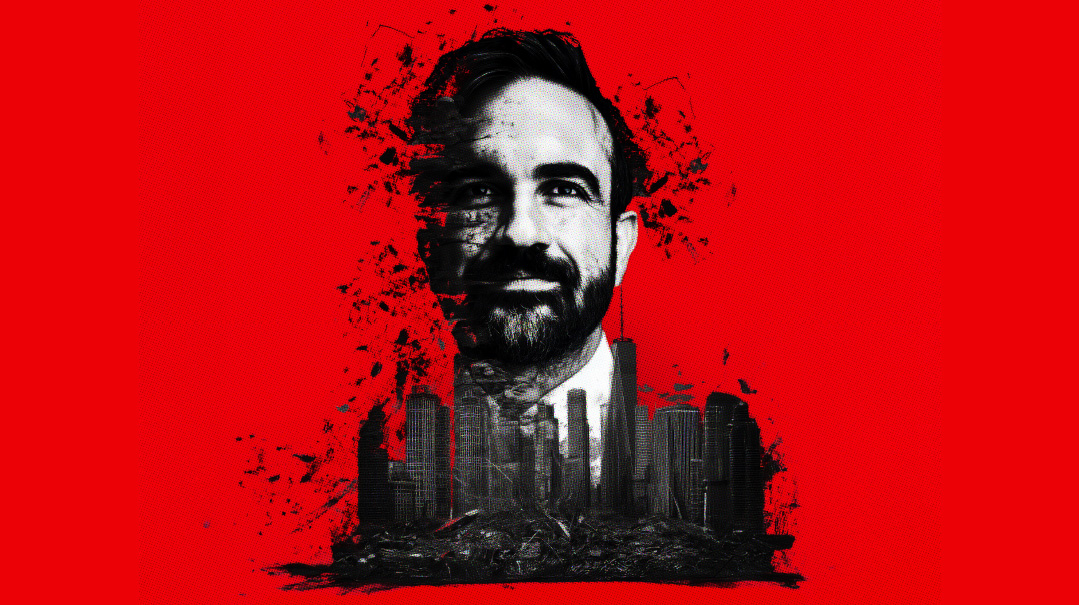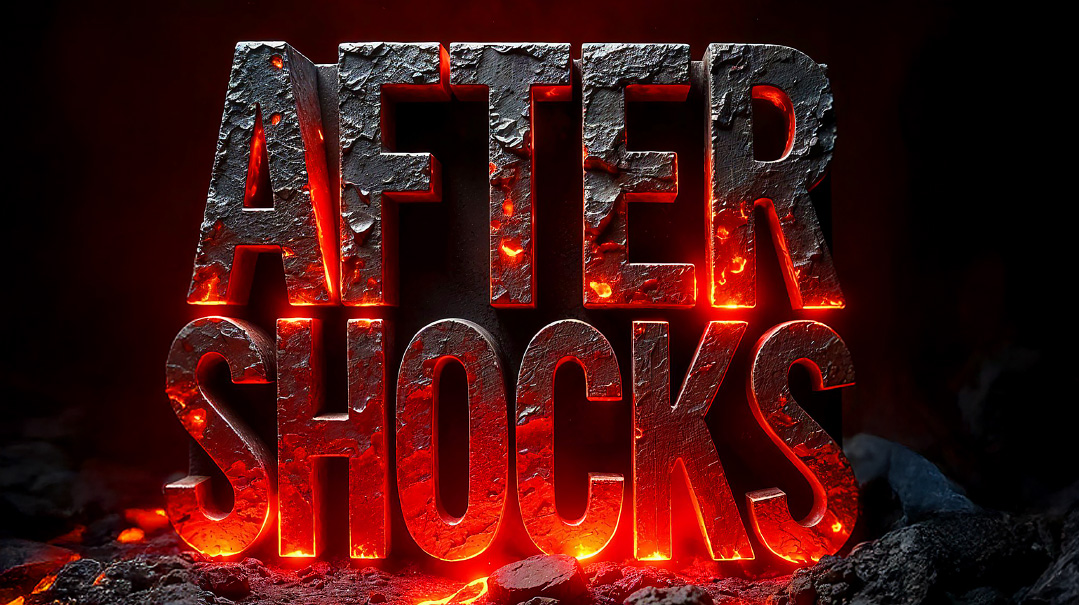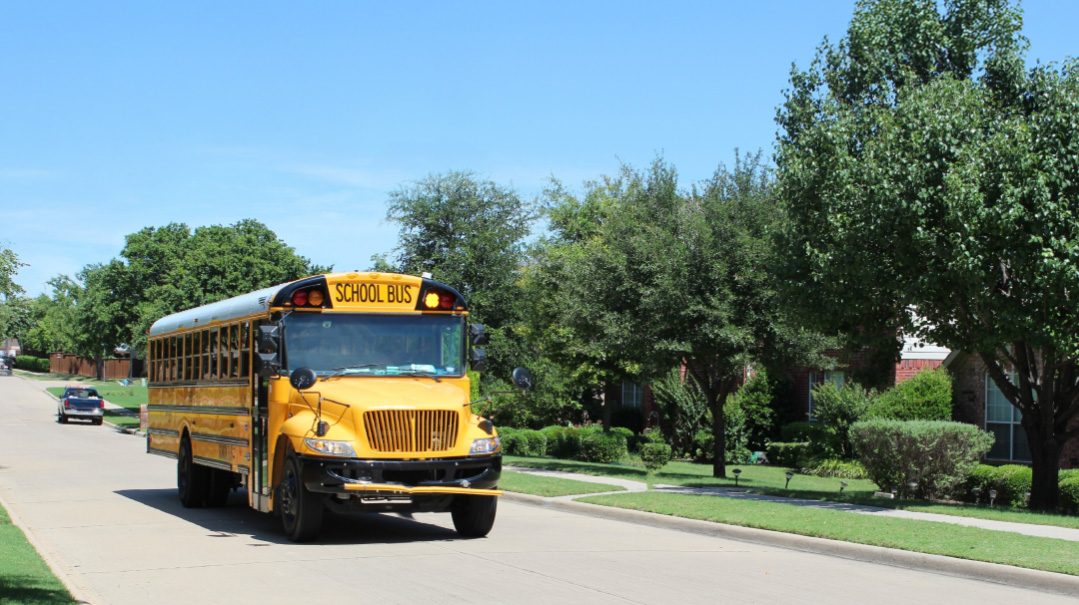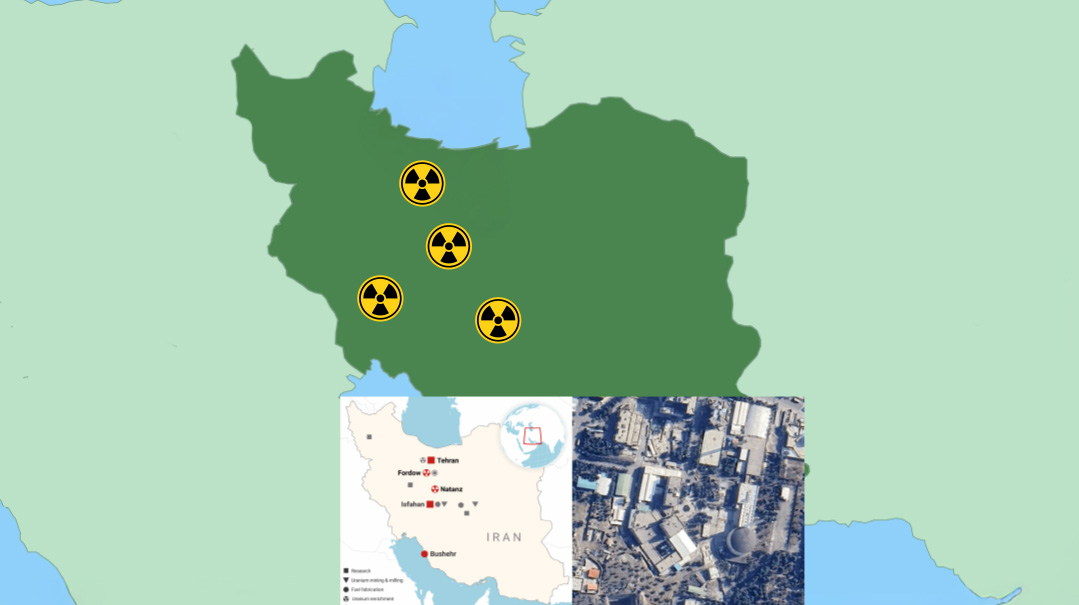Layers of Loss

Commander Golan Vach of Israel’s National Rescue Unit speaks about the toil, the heartbreak, and fanning the fading embers of hope
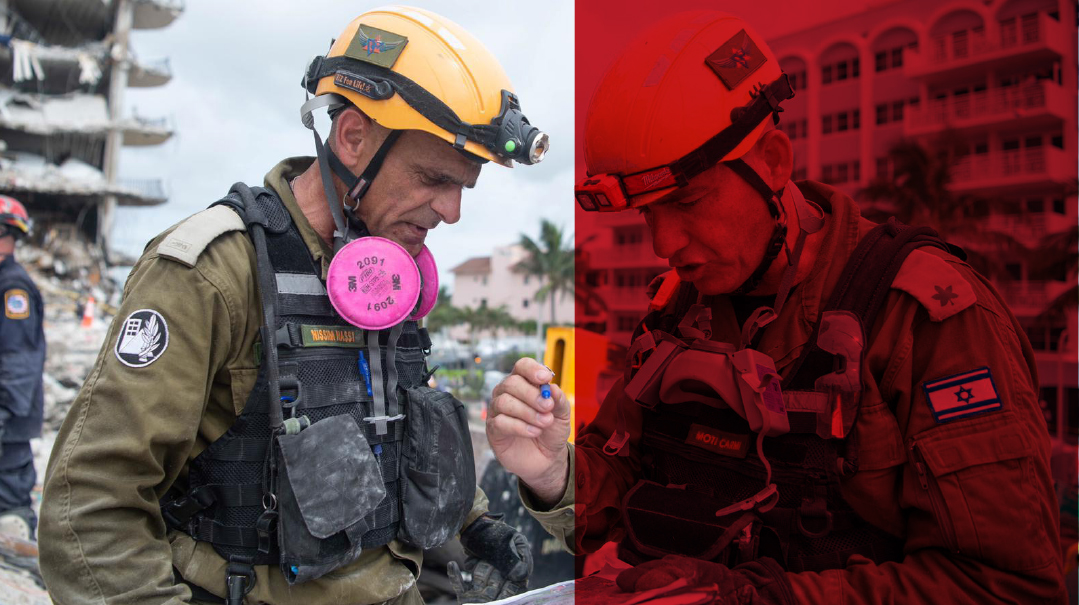
Photos: IDF Spokesperson, AP Images
On Sunday this week, for the first time in ten days of feverish rescue efforts, silence fell over the grim mound of pancaked concrete that is the site of the condo collapse in Surfside, Florida. The exhausted rescue teams, who’ve cycled in and out of 12-hour shifts, stepped back from the ocean-front disaster zone. They watched as the jagged-edged remains of Champlain Towers South trembled and then collapsed in on themselves in a cloud of dust as engineers demolished the remaining wing due to safety concerns.
Among the hundreds of rescue workers forced to stop their work for a few hours was Colonel (Res.) Golan Vach, commander of Israel’s National Rescue Unit, a division of the IDF’s Home Front Command. A veteran of previous international disaster-scene deployments, he’s taken part in the Home Front Command’s rescue missions after the 2010 Haiti earthquake, the 2013 Philippines typhoon, the 2017 Mexico earthquake, the 2019 Brazil dam disaster, and the 2019 earthquake in Albania.
Within hours of the building’s collapse, and as it became clear that dozens of Jews, including Israelis, had been in the building, a call went out for Israel to send its rescue teams. In one video that surfaced after the disaster, a Jewish woman begged a Miami official to bring in the Israelis: “They know what they’re doing, because they have to deal with emergencies,” she said, while the official attempted to assure her that the US was a world leader in disaster recovery.
Rushed from civilian life to Florida within days of the Surfside collapse, the team’s arrival on site in their olive-green uniforms — headed by Vach in his kippah — breathed new hope into many family members desperate to see faster progress to free loved ones who may have been alive underneath the rubble.
But despite their extensive disaster experience, the Surfside collapse is a tragedy the scale of which the Israeli team has rarely encountered.
“This is one of the most complicated disaster sites I’ve seen,” Vach, whose civilian job involves promoting the development of Israel’s Galilee, told Mishpacha. “This is a serious collapse. A building of 50-something meters folded into seven meters. Inside are dozens of people whose fates we don’t know.”
As the rescue workers evacuated the disaster site, Vach, 47, who is shomer mitzvos and married with seven children, settled down to use the break to daven and learn Gemara. Since arriving, there hasn’t been time for that.
“Since our job is pikuach nefesh,” he says, “I haven’t had time for anything but the rescue work.”
But even as hope fades that anyone can be found alive under the rubble after ten days, Golan Vach refuses to state categorically what all fear.
“Just last week I rescued several people nobody expected to see alive ever again,” he says. “That happened, and it’s something to be happy about.”
Disaster Experience
Given the nature of his work, Golan Vach is a level-headed man who has seen a lot in his day. But the heartbreaking moment when the father of seven-year-old Stella Cattarossi, himself a Miami Dade County firefighter and rescue worker, stood by as his daughter’s body was pulled from the ruins after nine days, will always remain ingrained in his memory.
Cattarossi is the third child found in the ruins of the collapsed condo building in Surfside, where she was staying with her mother and grandparents.
“The father was present on the disaster site when they pulled her out, though he didn’t himself participate in the excavation,” Vach tells Mishpacha. “Along with his brother, also a firefighter, they stayed at the scene and waited.”
The retrieval of the girl’s body was made possible after the Israeli team created three-dimensional models of the part of the building that collapsed, to help focus the search. The maps were created using technological capabilities of the Home Front Command’s Agamim control center and the satellite division of Intelligence Unit 9900.
The Israeli team was divided into two efforts: Some members questioned the families of the missing, to try to build precise images of every apartment — where each room was located, what the family’s sleeping habits were, as well as any special characteristics that could help identify them. These personnel also updated the relatives about the progress of the operation twice a day. The rest of the team worked on the ground alongside the American rescue crews.
“Here on the site, we’re helped by some of the most advanced rescue technologies in the world,” explains Vach, “such as borescopes inserted through gaps in the rubble, drones combing the site, listening devices, and sniffer dogs. The visual data is added to the information we received from family members regarding the sleeping habits of the residents, intuition as to whether they ran to the stairwell or not, as well as details about what they were wearing the night of the collapse, to help identify victims.”
Bedrooms, says Vach are a particular focus, since that’s where most people would have been at night. Accessing them, though, means drilling through tons of concrete to search for cavities where survivors could be sheltering.
Elad Edri is the deputy head of the Israeli delegation and head of the Haifa district of the Home Front Command. While the United States is a superpower when it comes to search and rescue operations, and the organization on the ground has been very efficient, the Israeli technology has aided the effort.
“In lifesaving terms,” he says, “it’s like magic. Every rescue worker dreams of having an image of what the building looked like before versus what it looks like now, and we can save lives with this. The American teams stuck signs in the wreckage based on our model — this was apartment X, the bedroom of Y.”
“This is a 12-story building, and each story had 12 apartments,” he says. “It’s a very complicated and unusual collapse. Parts of the building collapsed outward from the side, and then the building caved in on itself — like a pancake, layer on layer, a pile of wreckage with entire stories compressed together. The fact that the collapse happened at night meant that the building was full.
“It’s really cruel, 224 people buried under it.”
That compression has meant that the work of removing layer after layer of concrete to search for survivors has been painfully slow, and even finding remains of a victim are counted as a success.
“The moment it was clear to us where Stella Cattarossi’s body could be found, we left the work on the ground to the American firefighters, who worked really hard for over an hour before finding her,” says Vach. “Two hundred firefighters saluted as she was carried away. Before they left the scene, the girl’s father approached me and said, ‘Your technology and innovations allowed us to find her. I’ll never forget this as long as I live.’ ”
Voided Hope
In the days after Champlain Towers collapsed, and as horror stories of voices calling from beneath the rubble circulated, attention focused on potential voids or pockets of air where survivors could be sheltering.
Vach says that indeed, between the balconies of the 12-story building, “there was a big channel through which rescue workers crawled and called out to potential survivors. But sadly we found nothing.” Later, it turns out that the attempt was led by Golan Vach himself and other Home Front Command soldiers, at risk to their own lives from further collapse.
Seen through the eye of long-distance telephoto lenses, the pile of rubble that was Champlain Towers seems unchanged after days of rescue. But according to Vach, “the pile of wreckage contracts with each day, which shows that progress is being made.” Some 200 experts are working in 12-hour shifts together with hundreds of firefighters, cops, and engineers. Two K-9 teams comb the ruins, one of which is trained to identify survivors, and the other to find bodies.
Those teams have been working in a very difficult environment.
“This is the most complicated and difficult site I’ve encountered, and I’ve already been on three rescue missions abroad,” says Elad Edri. “The ruins were piled up seven meters high. We knew time was limited so we worked with cranes and heavy engineering equipment.”
Experts have yet to establish the cause of the 40-year-old building’s collapse, which appears to be the deadliest disaster of its kind in United States history. A 2018 engineer’s report found “major structural damage” in the building, and the neglect of that warning will be at the center of the investigation.
Having briefed the families of the missing for the past ten days, Vach is aware of the agony they’re going through as they watch and wait.
“What these families are going through is terrible, knowing that their relatives are buried under the wreckage at this horrific site,” he says. “They watched the rescue operations, and it was a very difficult experience. Some 300 people are in a nearby hotel with mental health counselors and other municipal workers sitting and waiting to learn what happened to their loved ones. They receive briefings twice a day, morning and evening, on any information we have regarding the rescue operation.”
Never Say Never
As the days go by, those briefings fail to contain the longed-for good tidings. And so long after the disaster unfolded, can survivors still be found in the wreckage, when none have been found so far?
Vach explains that the first five days after the collapse, which are viewed as the “golden time” for finding survivors, have passed — and only a miracle will lead to any more survivors being discovered. The fact that no survivors have so far been found, in the most advanced country in the world, shows how difficult a rescue environment the disaster site is.
“Many of those missing are Jews and South Americans,” says Golan Vach. “The loss of children is too hard to bear. As long as there’s a chance, the rescue teams won’t abandon anyone. We don’t know what we’ll find there. We’re not going to guess. We’re not going to take a life-or-death decision to stop searching when there could be people waiting for us under the wreckage.”
And even now, Vach says that anything is possible. “Last week I personally pulled out an old woman who had survived for days under the wreckage. One member of our mission once rescued someone who had been trapped for 12 days in a different disaster. We’re not losing hope.”
Our conversation is cut off by the rescue team’s preparations for the next day of the search. But despite the brave face that Golan Vach puts on, the fast-fading hope is clear. What the Israeli rescue team leader can’t bring himself to utter, the IDF’s timetable says for him, with the team scheduled to leave on Thursday this week.
“It’s a hard decision,” says Vach. “The search could continue for many months. You need to know when to stop.”
(Originally featured in Mishpacha, Issue 868)
Oops! We could not locate your form.







